Mehr News correspondent has interviewed Tehran City Council members to find about the benefits sisterhood could possibly have for Tehran.
The first to answer the question is Ahmad Masjed Jamei, member of Social Commission of the Tehran City Council; “some people in Budapest assume an Iranian origin for themselves. They see Budapest a city high and low divided into two parts by a river,” he told Mehr News. “With signing sisterhood agreements, cities expand their ties; cities define their level of cooperation according to the civilization they had fostered in the past; we hope that the sisterhood agreements go beyond the paper into the implementation and concrete results,” Masjed Jamei added.
For example, in Seoul, South Korea, a street had been called ‘Tehran;’ the parallel in Tehran is a high-brow street called ‘Seoul;’ the mutual calling of the cities would help communicate different cultures; however, sisterhood could have more benefits for cities. Morteza Talaei, deputy-head of City Council, believes that sisterhood has benefits for cities; “according to a definition by international organizations of the benefits inherent in sisterhood and brotherhood of cities, it accelerates cultural exchange in the form of street naming, exchange of symbols, cultural tours and other cultural programs,” he said.
However, Talaei is quick to downplay the mere sisterhood, advocating more concrete measures after signing such an agreement; “the very nature of the act brings a global prestige for cities; however, the extent to which city magistrates actually work on preparing programs seeking attainment of the goals of the agreement is debated,” he added.
Mohammad Haqqani, the head of Environmental Commission of the City Council also believe that, apart from paper sorority agreement, “in action, little happens, which makes the agreement a thing more of the politics than practical measures to bring about change.”
“Cities candidate for sisterhood with Tehran should have the most similarity in culture and history so that the agreement goes beyond the paper; in addition, the relationship should bring economic ties,” Haqqani asserted.
Mahdi Chamran, the head of City Council, facetiously said that the only benefit for Tehran was that the number of sisters had been raised; “the most important benefit is improvements in intercity relations. For example, in Hungary, there is a city called ‘Yas Barin,’ with the community identifying themselves as Iranians from desert city of Yazd in southeast-central; they hold ceremony with Yazd city magistrates participating; the city has adopted a symbol very common in Yazd, windcatcher. This would bring boom to tourism and economic relations in the long run,” he said.
Gholamreza Ansari, member of City Council Planning and Budget Commission believes that sisterhood is very critical to exchange of experiences between two cities, provided that the agreement is taken seriously and cultural ties of cities are restored; “all sisterhood agreements had not gone beyond the paper, with little work done to address the agreement articles; adopting positive cultural aspects of the city and exporting our own culture would help public diplomacy of the country,” Ansari told Mehr News.
Eqbal Shakeri, Council member of Construction Commission sees sisterhood as simply a gift presented to sister city, “just to remind friendly nature of our relations;” he believes that any possibility of implementation of any agreement should be informed with actual needs of the cities parties to a sisterhood agreement.
Mohsen Pirhadi, member of Regulation and Legal Commission of the Council, lends more weight on bringing unity to sister cities’ public in defining a function of the sisterhood agreement; “sister cities usually share experiences and practical work on developing green space, shopping malls, recreation and welfare centers, developing public transportation, and even tourism attraction,” he told Mehr News.
Goshtasb Mozaffari, Tehran Mayor’s deputy for International Relations, said that after the Revolution of 1979, “with the country engaged in a war, the concept of sisterhood was overshadowed by other priorities, thus forlorn like many other luxury concepts; not until 1991, when Isfahan and Tehran signed sisterhood agreements with cities in the region, the concept had been little known,” he added.
“The first sisterhood agreement Tehran signed was with Kyrgyzstan’s Bishkek capital city in 1990s; given the political and diplomatic environment governing the time, many of agreements of this type were signed with cities in the immediate region beyond borders; just with conditions drastically changed could we manage to sign sisterhood agreements with European cities; in practice, most of Tehran’s sisterhoods have been with cities in Islamic countries, Asian, Latin American and African cities,” Mozaffari detailed.

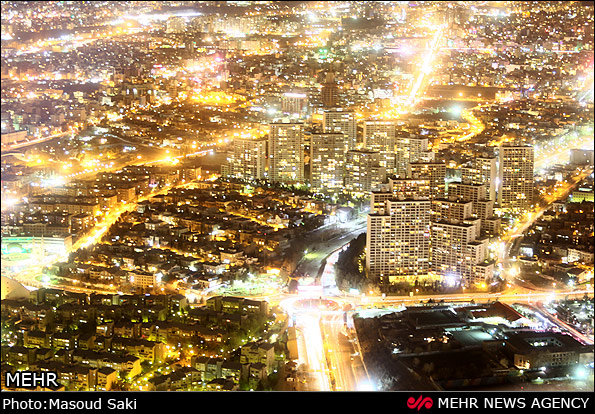


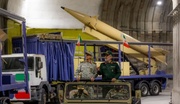

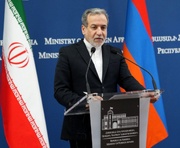

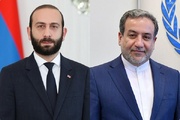









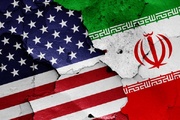


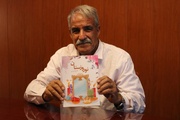

Your Comment